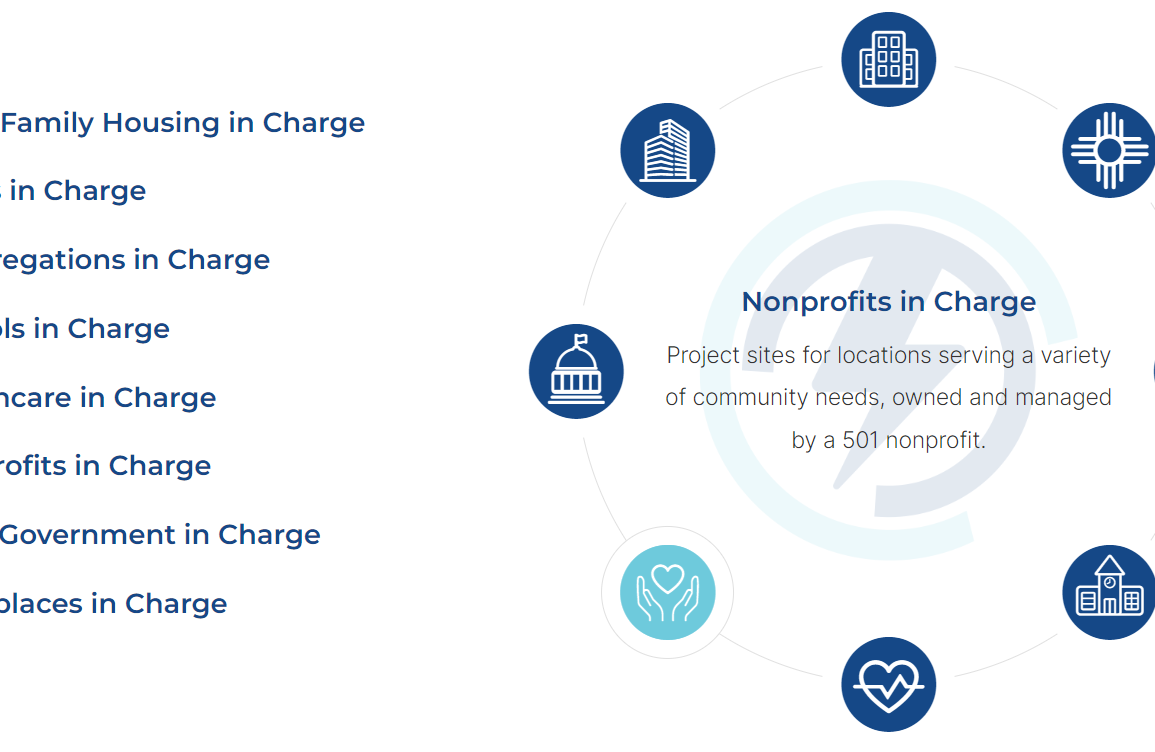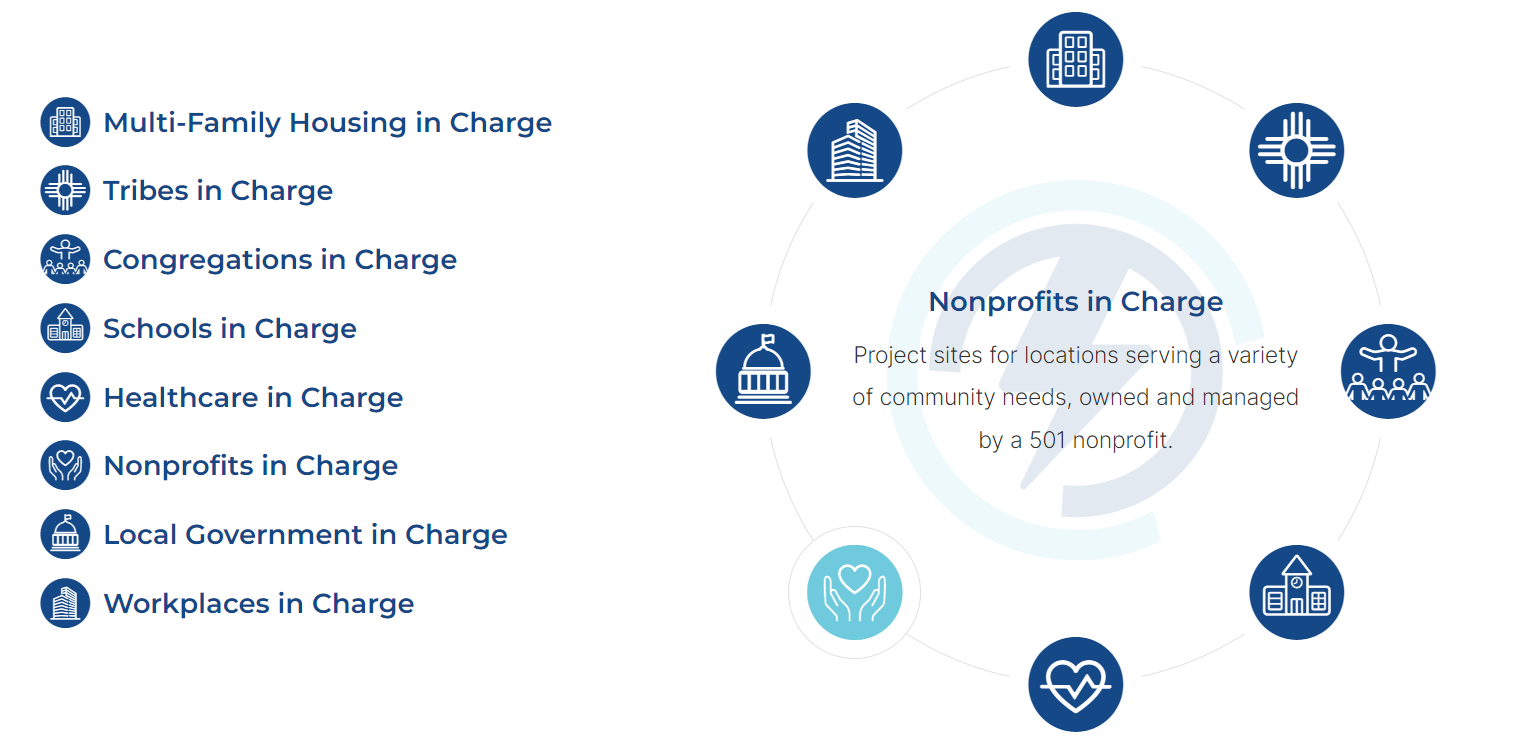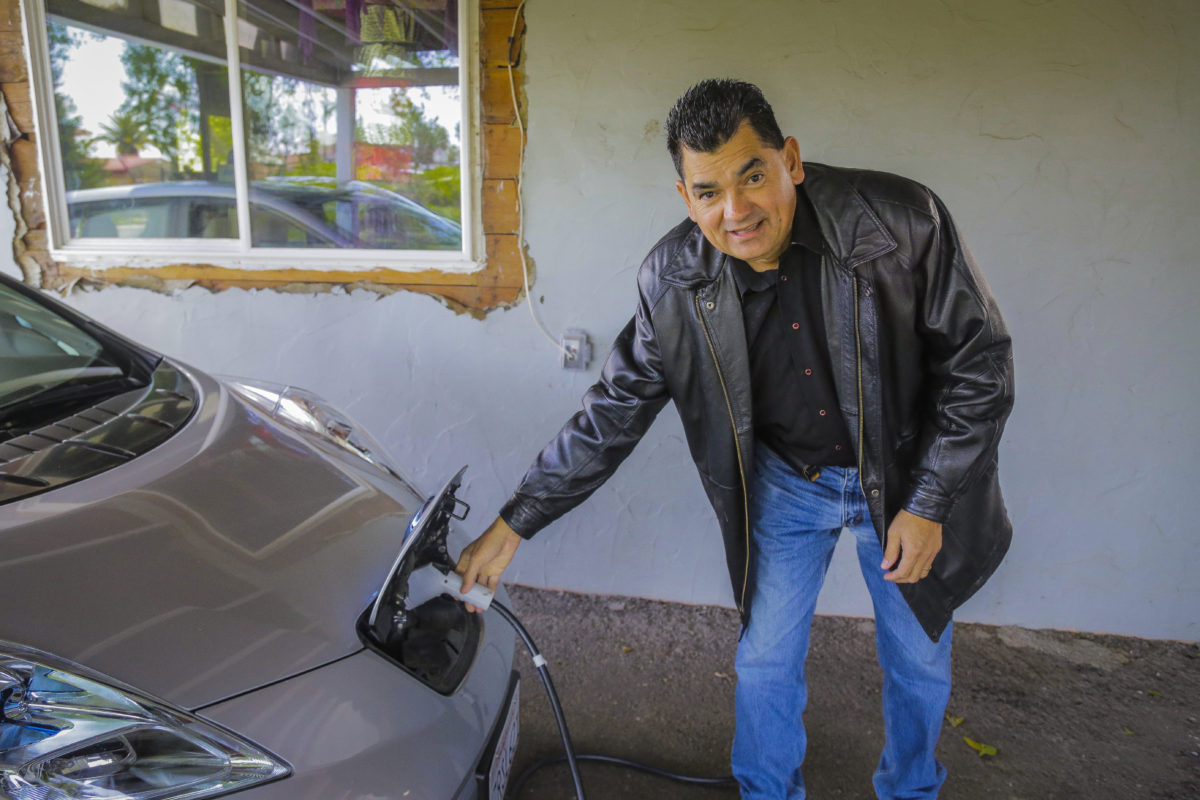More than 90 percent of California residents breathe unhealthy amounts of polluted air during some part of the year, with low-income communities being disproportionately impacted. Although poor air quality in California is the result of several different factors, the California Energy Commission reported that the transportation sector accounts for more than half of the state’s greenhouse gas emissions and almost all of its nitrogen oxide and diesel particulate matter pollution. Speeding up the transition to electric vehicles would significantly reduce this pollution, making it a top priority for California authorities.
The Commission’s Clean Transportation Program, which seeks to reduce climate-warming greenhouse gas emissions from the transportation sector, provides $38 million in funding to incentivize electric vehicle (EV) charging infrastructure construction through its Communities in Charge program, implemented by CALSTART, a national nonprofit advancing clean transportation. The program’s goal is to accelerate the widespread adoption of EVs throughout the state. In particular, the program is designed to put chargers “where communities live and gather,” according to GRID Alternatives, a nonprofit advancing access to clean technologies and one of the equity partners helping to implement the Communities in Charge program. Priority locations for chargers include places of worship, healthcare facilities, municipal government buildings, and multi-family housing. The application window for the current funding wave is open for interested applicants through December 22, 2023. Additional application windows are expected in 2024.
|
These are the EV charger Community Connection locations prioritized by the Communities in Charge program. Credit: GRID Alternatives |
By identifying these types of priority locations to install EV charging, Communities in Charge echoes GRID Alternative’s long-held “people first” approach. Founded in 2004, GRID operates in five states, three countries, and the District of Columbia. In California, it has installed solar panels for almost 2,000 low-income households while providing installation training for employees and volunteers. These installations lower energy costs and will prevent 100,000 tons of greenhouse gas emissions over their lifetimes. Additionally, GRID collaborates with Tribal communities across the United States to help them achieve their renewable energy goals.
GRID’s experience promoting clean energy projects in disadvantaged neighborhoods provides insights to the Communities in Charge program and assists in meeting its goals for equity and inclusion. Communities in Charge is designed specifically to allocate 50 percent of its funding to low-income and disadvantaged communities to fulfill California’s commitment to historically underserved areas.
Norah Kyassa, an outreach coordinator with GRID’s Clean Mobility Program, spoke with EESI about GRID and its role in Communities in Charge.
“We specifically work with individuals and commercial properties within disadvantaged and low-income communities, through the form of education, technical, and application assistance,” Kyassa said. “Our technical assistance connects individuals to resources to better support their application process.”
|
Credit: GRID Alternatives |
Prioritizing clean energy projects in low-income and disadvantaged communities is an important step in providing relief to communities that experience the outsized impacts of pollution and climate change. According to the American Lung Association, Hispanic, Asian, and African-American communities suffer from increased rates of premature deaths due to air pollution. In general, residents in areas with both high poverty rates and high Medicaid eligibility experienced higher rates of exposure to air pollution.
The Communities in Charge program is unique. Kyassa describes the program as “one of the few, if not the only, electric vehicle supply equipment programs currently being offered to community members in many parts of California.”
Communities in Charge specifically focuses on level two EV charging, which is ideal for when drivers will be spending a couple of hours in a particular location—they can attend to other tasks while their vehicle charges. The charger provides about 20-25 miles of range per hour. In some cases, access to chargers could spur new community engagement, enticing people to participate in events at houses of worship or local nonprofits with chargers.
|
Communities in Charge supports the installation of level two EV chargers in California. LCFS stands for Low Carbon Fuel Standard, a California standard that incentivizes low-carbon fuels. Credit: GRID Alternatives. |
To really make a difference in these communities, the chargers need to be both installed and maintained. Kyassa stated that GRID’s “people first” approach to the energy transition means it is also focused on workforce development.
“GRID is dedicated to ensuring that those underrepresented in the clean energy industry—such as women, BIPOC communities, and those impacted by the criminal justice system—are provided the opportunity to receive real-world, hands-on workforce development and training,” said Kyassa.
According to Kyassa, 33,437 people have participated in GRID’s training and workforce development program across the United States.
This work comes at a time when the federal government is also expanding funding for communities. Alongside expanding the workforce, funding provides a key opportunity to share learnings across different state and federal programs. The Department of Energy’s new Renew America’s Nonprofits program, which focuses on energy efficiency, announced its first grant recipients in October 2023. Also in October, the Buildings UP program, designed to help communities make buildings more efficient and transition to renewable energy, announced $22 million in cash prizes and technical assistance for nonprofits, municipal governments, and tribes. The Renew America’s Schools program selected 24 grantees in the early summer of 2023, providing $178 million in support. All three programs have California grant recipients.
These federal and state programs, with the critical support of organizations like GRID Alternatives, empower California residents to advance the clean energy transition and build a future for their state that promotes equity, mobility, and air quality in the same stroke. Communities in Charge is helping fulfill California’s climate action commitments and prioritize people by providing, as Kyassa puts it, “cleaner air, greater EV charging infrastructure for the state, and the opportunity for those in underserved communities to meaningfully engage with the renewable energy transition in California.”
To get started on an application, or to learn more about the Communities in Charge incentive project, please email GRID at communitiesincharge@gridalternatives.org or call (951) 228-9380.
Author: Maggie Christianson
Want more climate solutions?
|
|||
 |
 |
 |
 |






